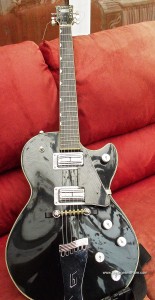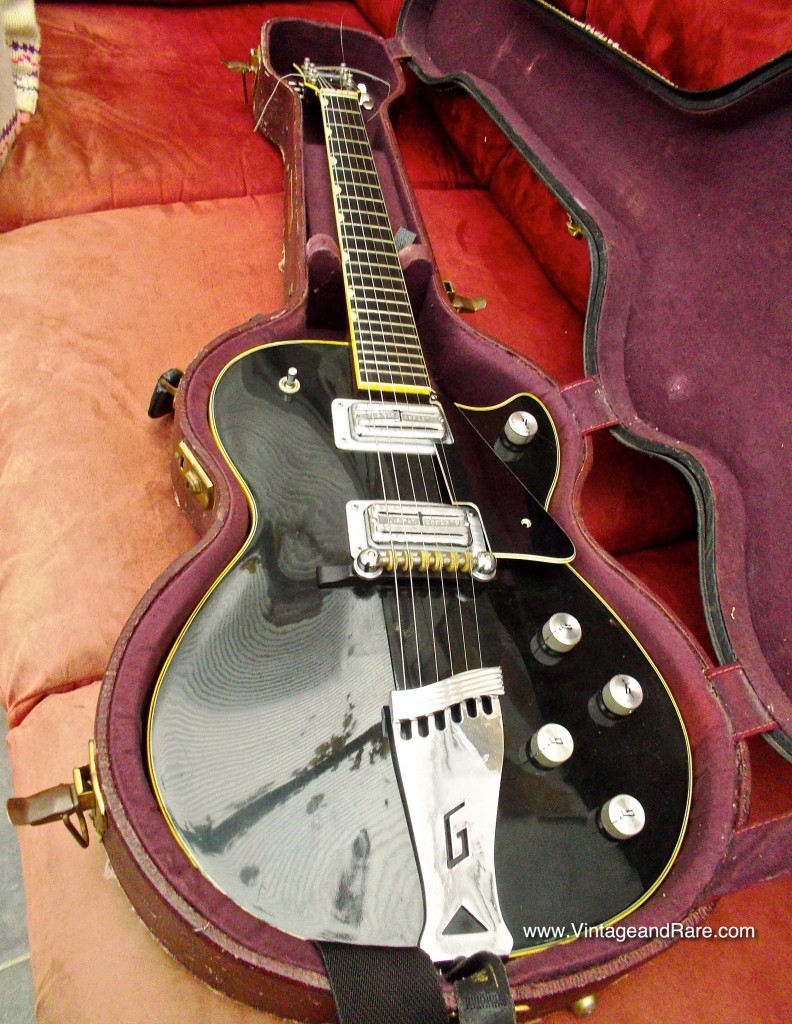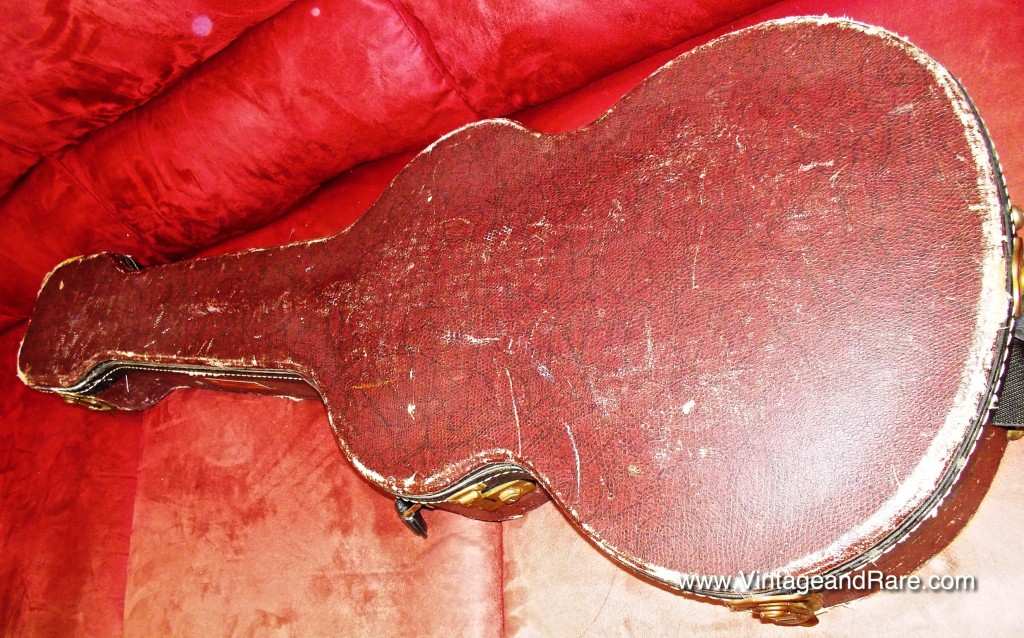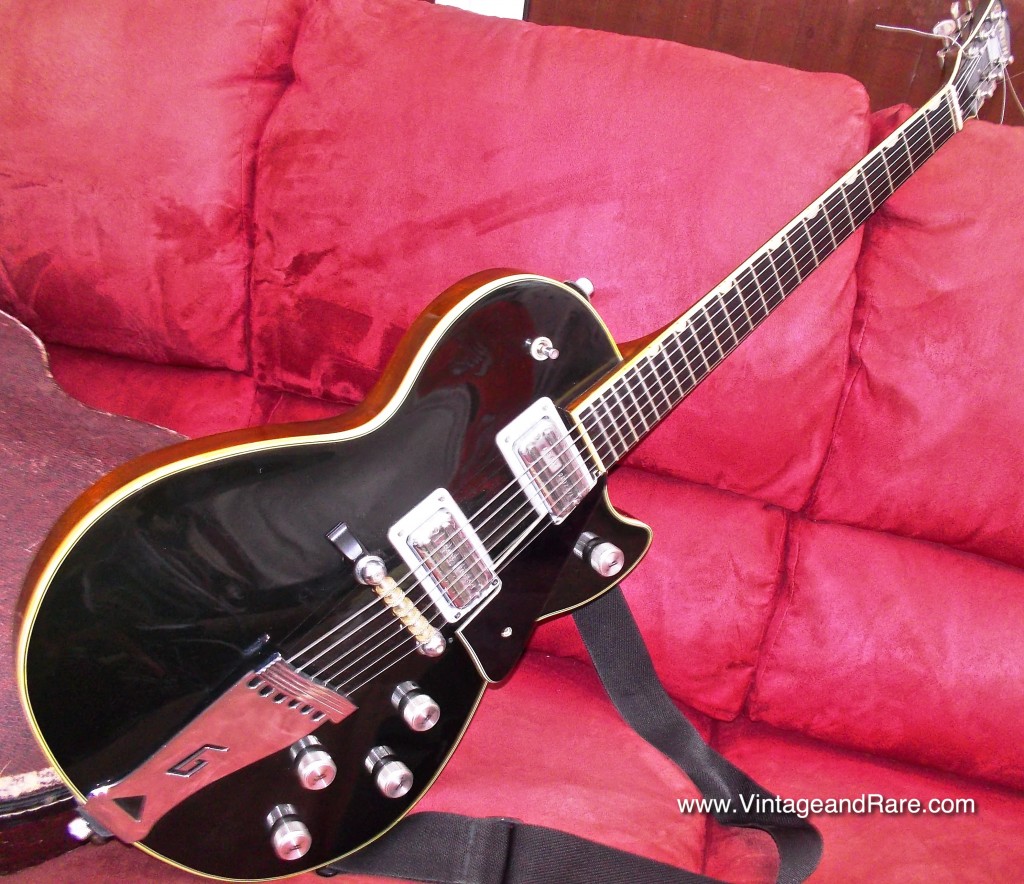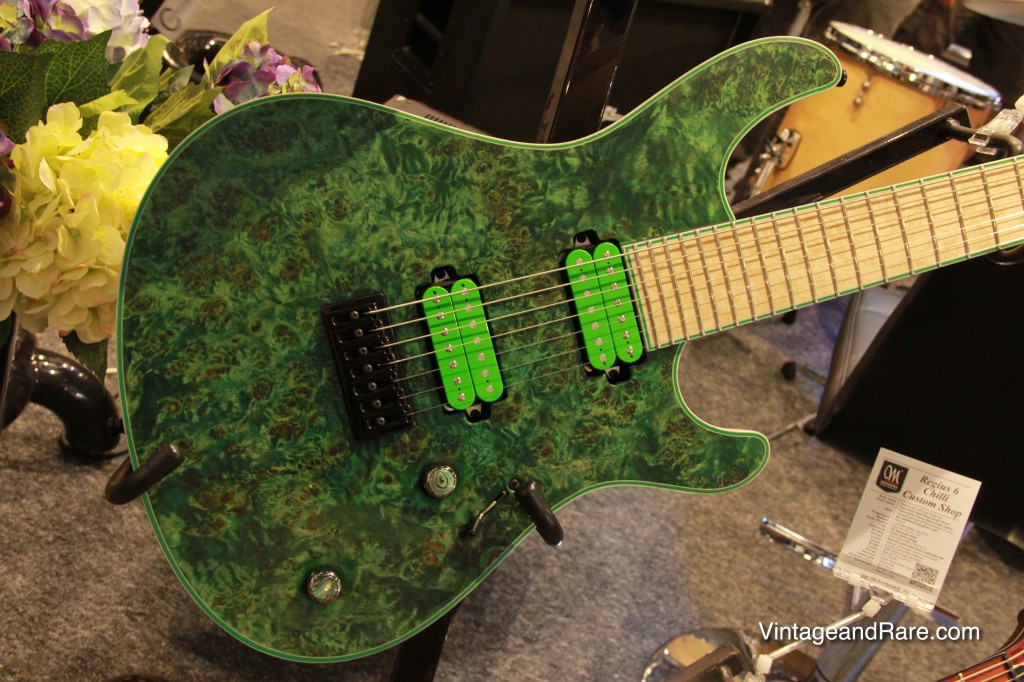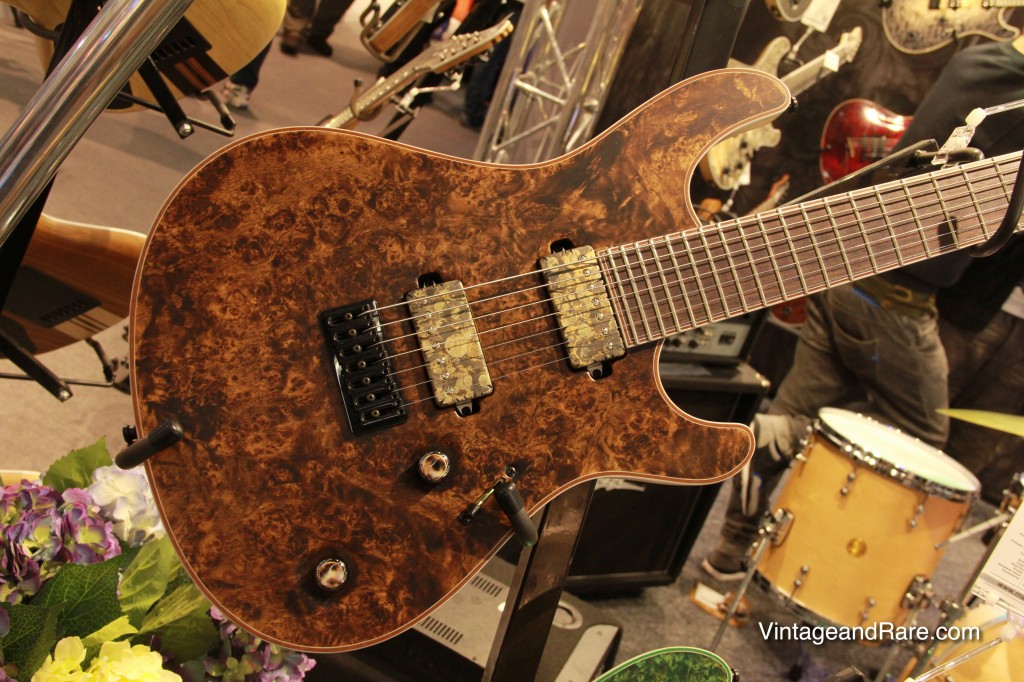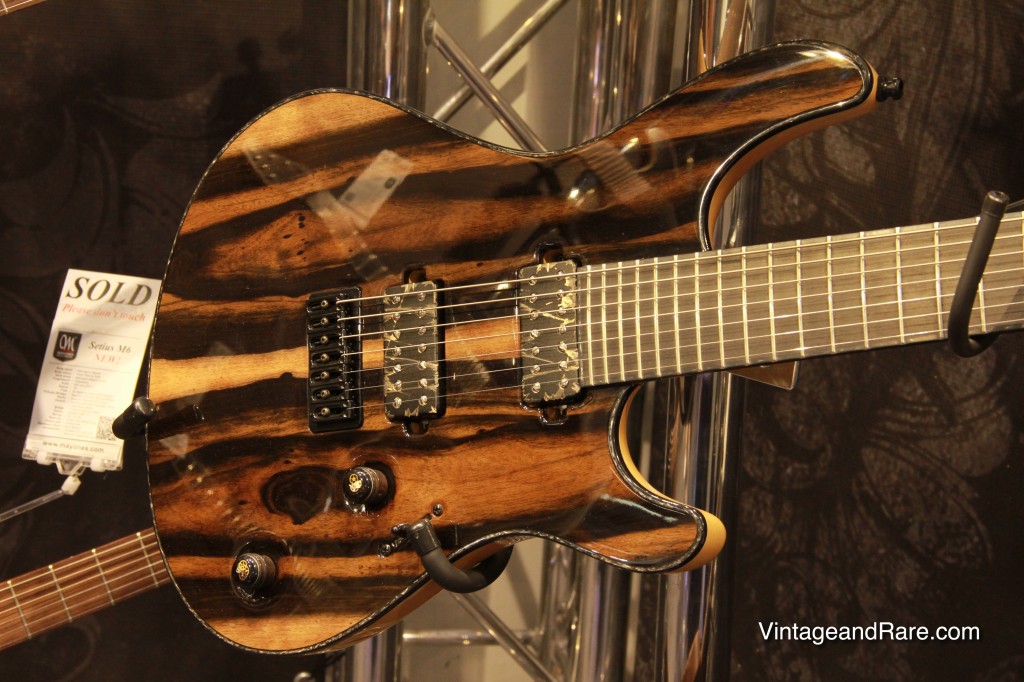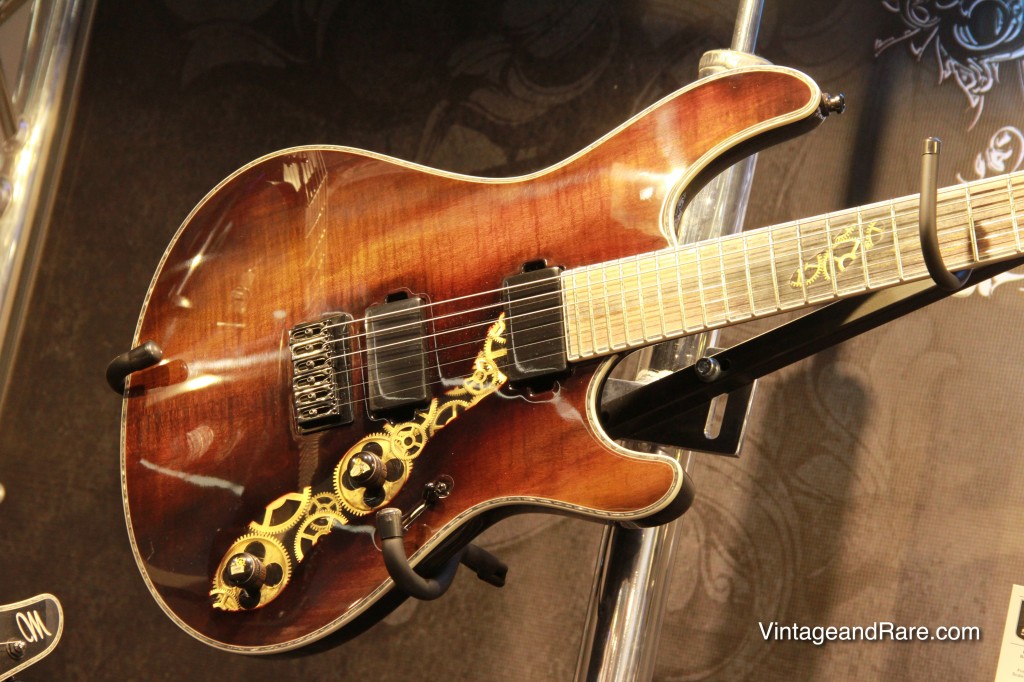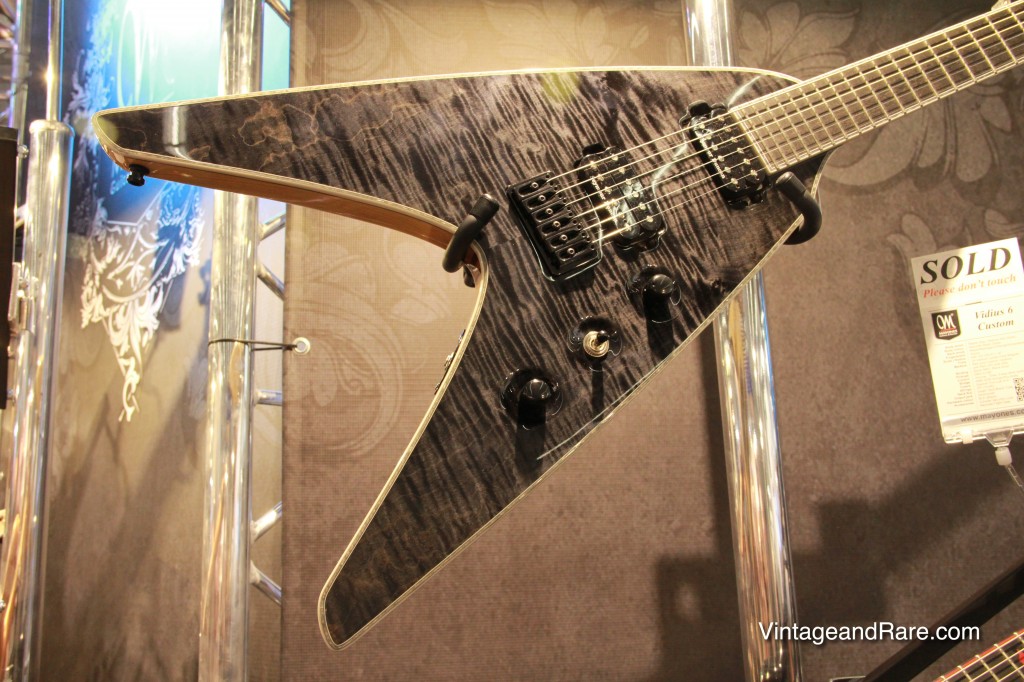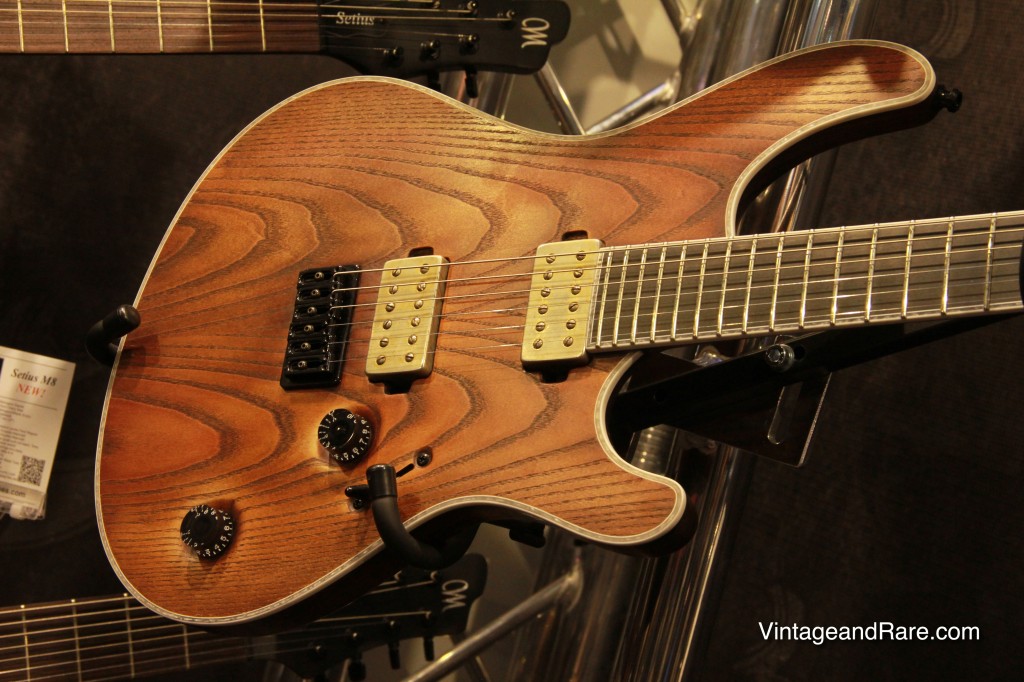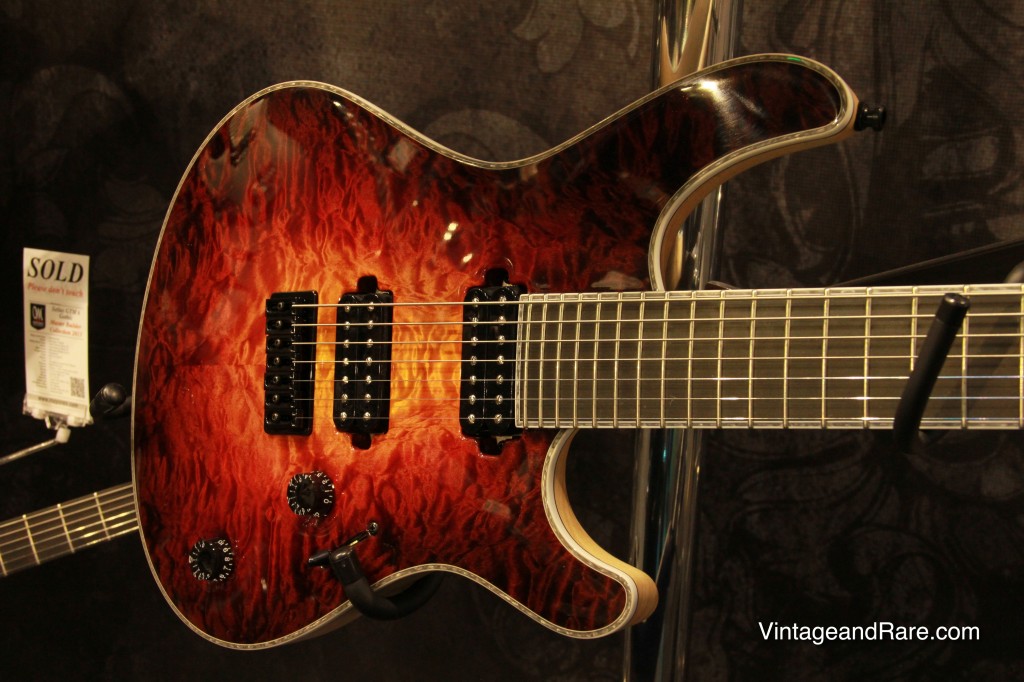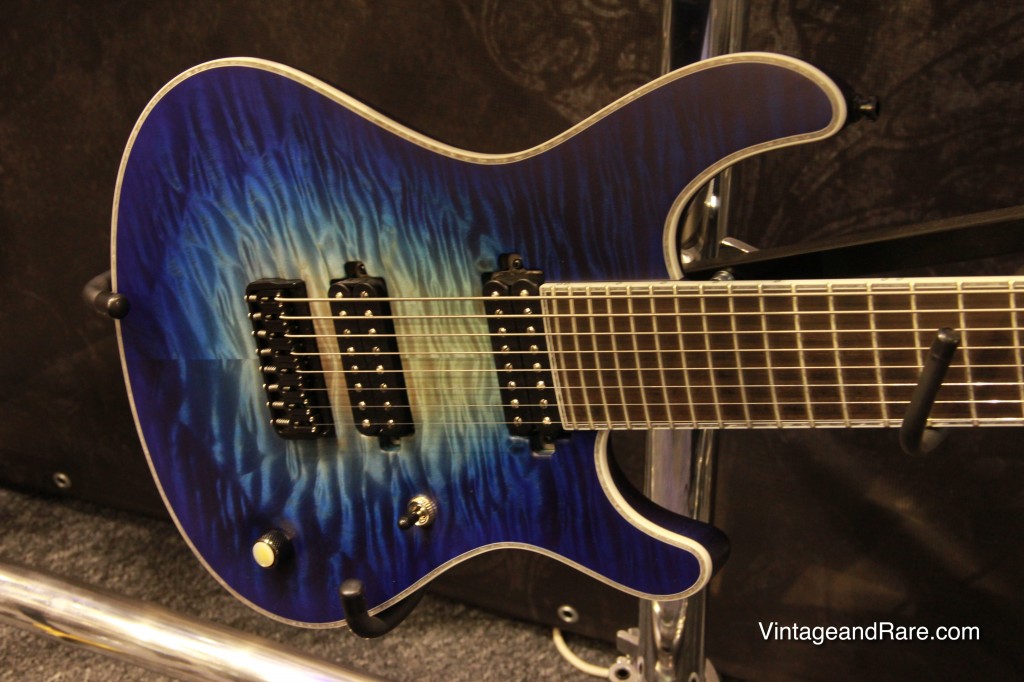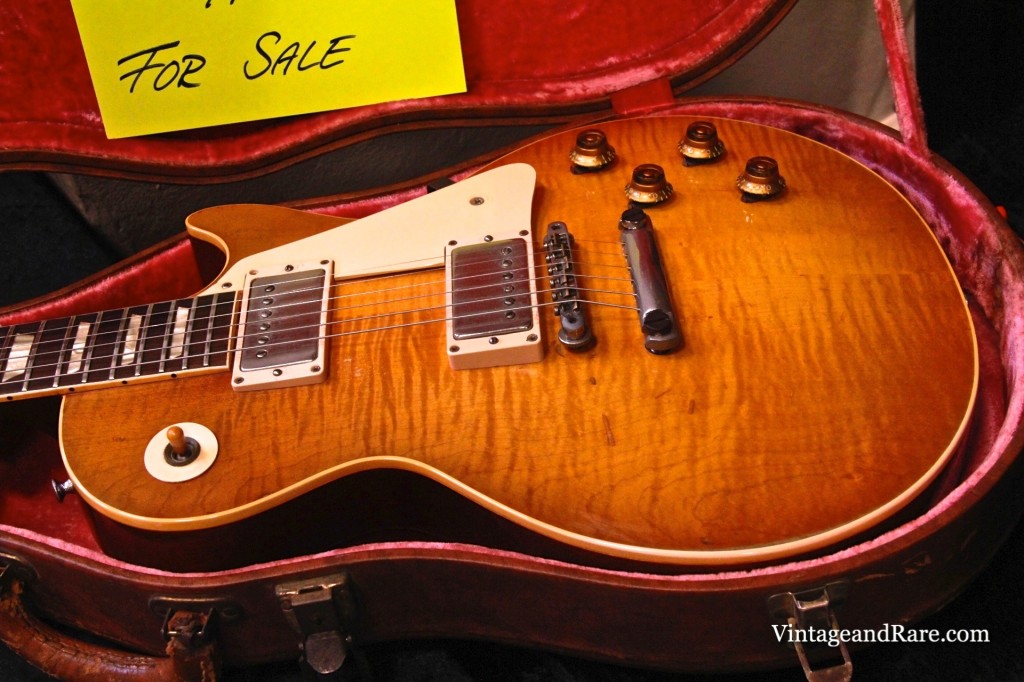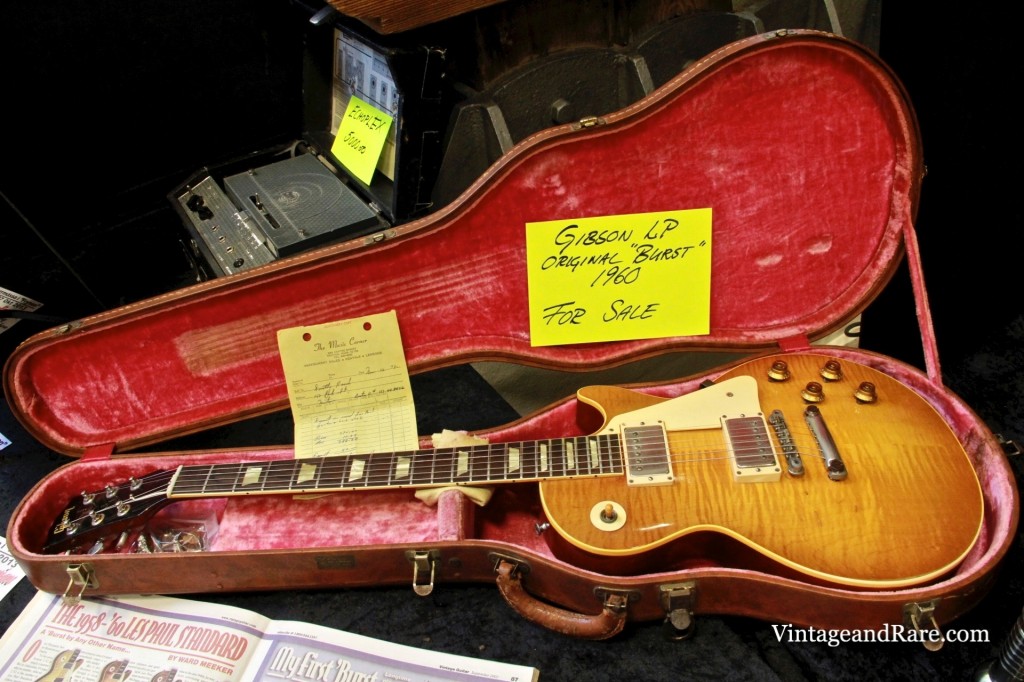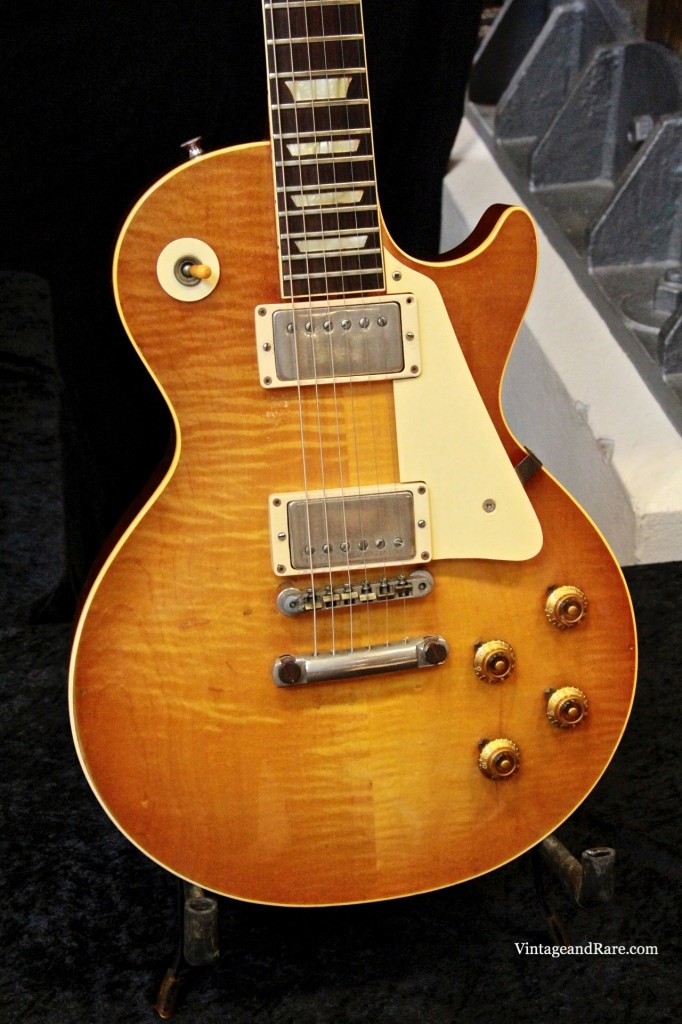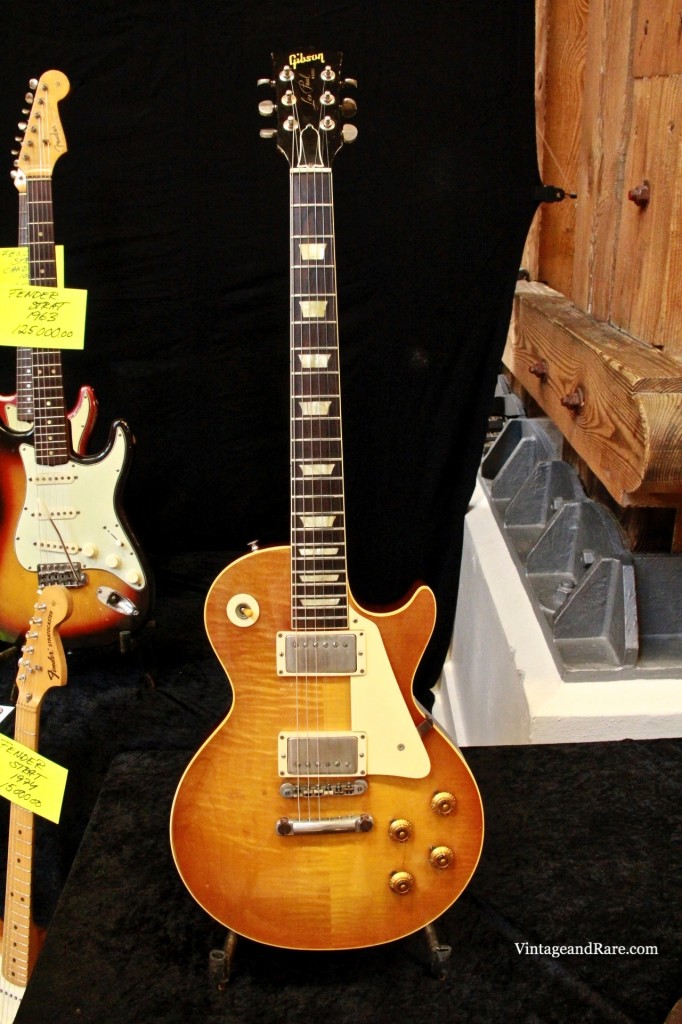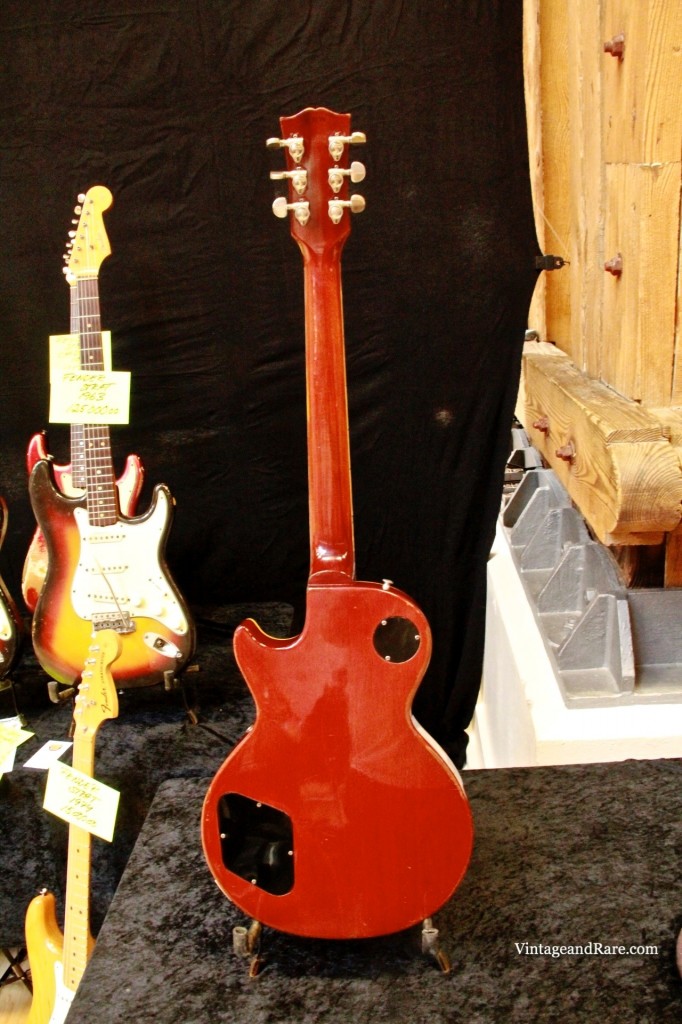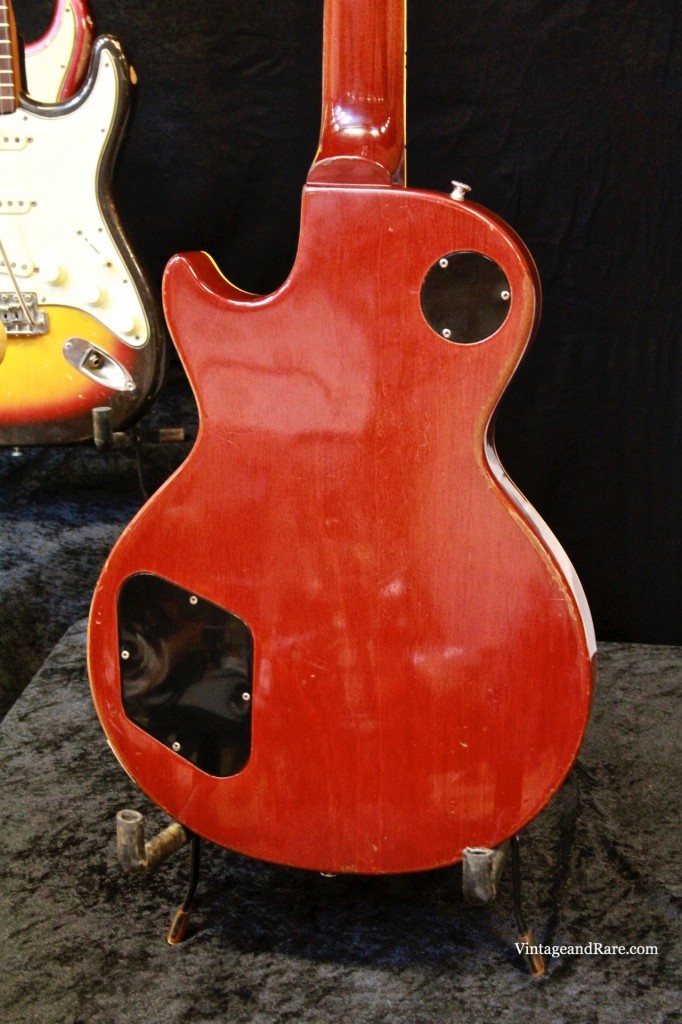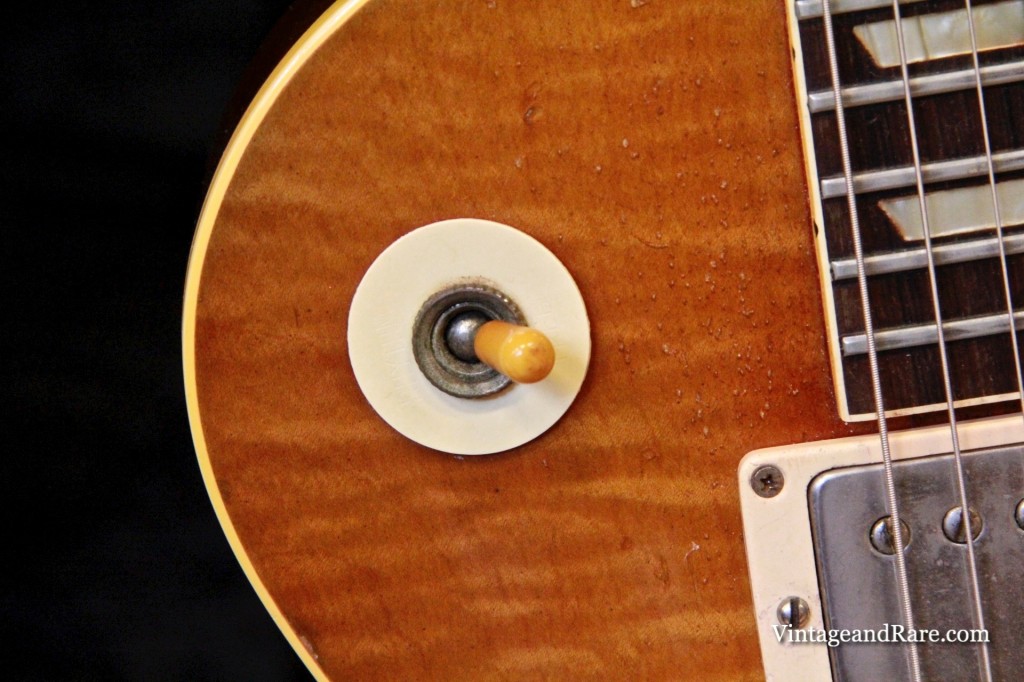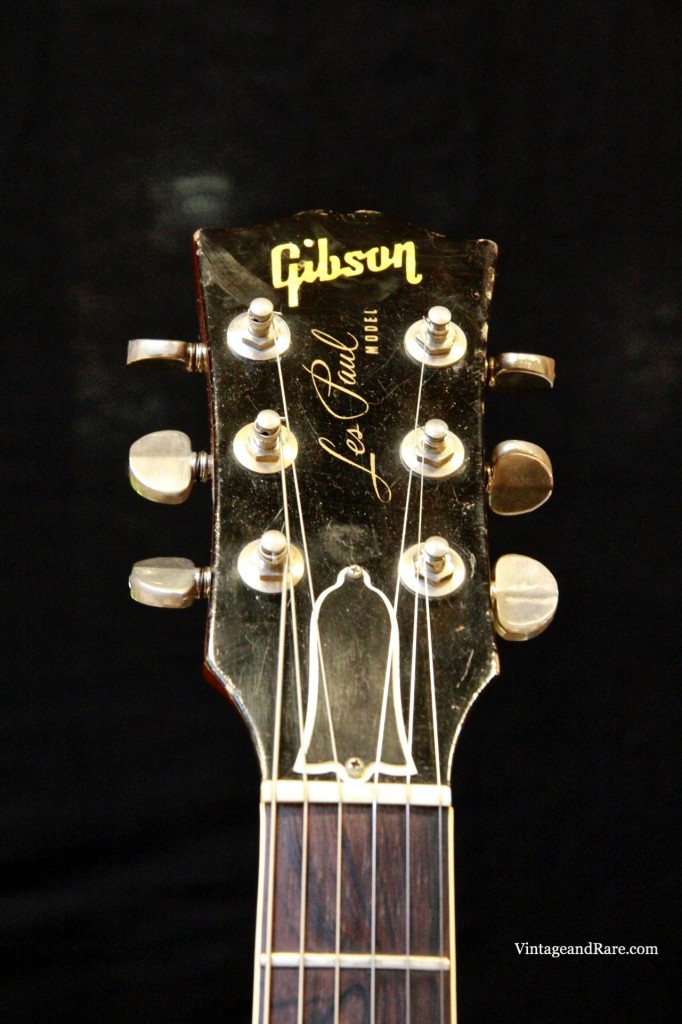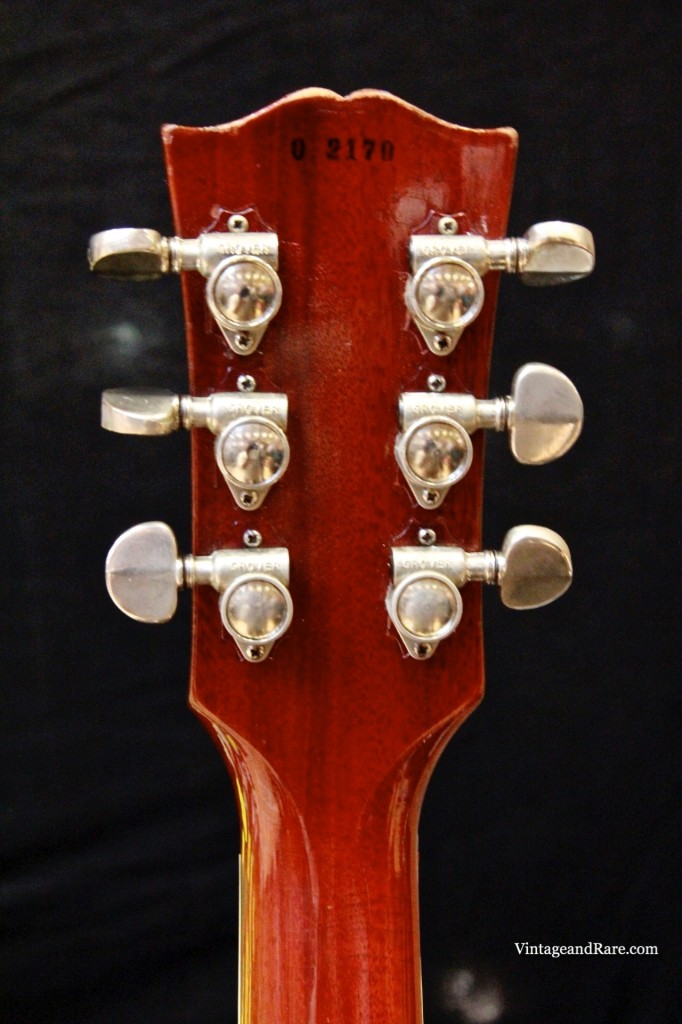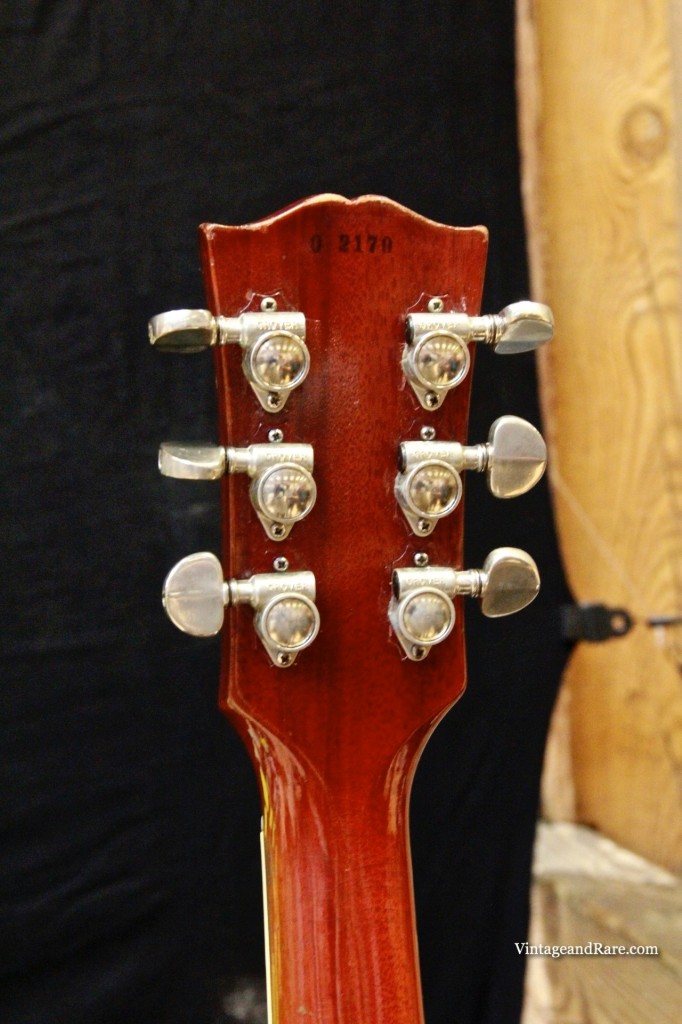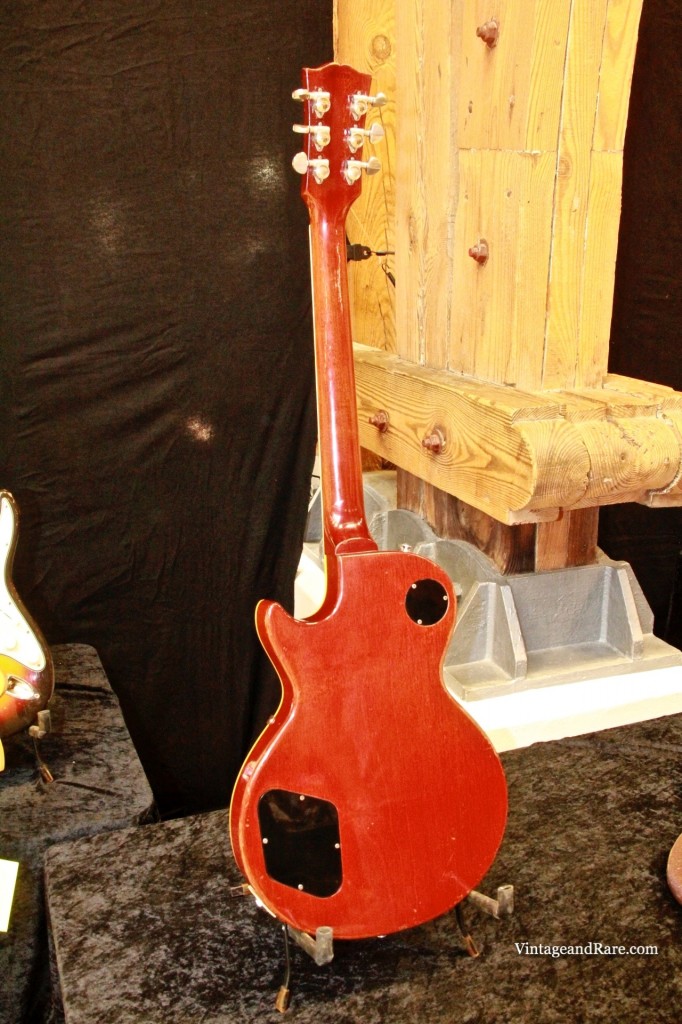As many of you might have noticed, there is at the time of writing a increased awareness of the horrific illness known as ALS (Amyotrophic lateral sclerosis) due to the incredibly popular ALS Ice-bucket challenge that is popping up all over the internet. While we here at Vintage & Rare have not (yet?) participated in the ice-bucket challenge, we of course support the idea of raising awareness and charity for the ALS cause. As a way to meet that idea and the concept of Vintage & Rare we will now dedicate this blog entry to the story of Jason Becker.
Jason Eli Becker as he was born, was one of the great guitar prodigies of the 1980s metal and guitar scenes, nothing short of a wonder child that everybody expected to become the next guitar god, in the veins of Eddie Van Halen, Steve Vai and Joe Satriani. Becker started to play at an early age and quickly showed great talent, and at age 16 he joined his first band, the neo-classical metal band Cacophony. Though the bands two albums features both bass, drums and vocals, the focus of the band was always the guitar sounds of Becker and second guitarist and guitar-master Marty Friedman (of later Megadeath fame). In his teenage years before that Jason Becker had garnished local fame by playing at various talent shows and open mic events, showcasing his already incredible guitar-talent. Though the band only released two albums, as mentioned above, both releases showed the world the great talent that Becker possessed. When Cacophony split apart, Jason Becker spend a short time as a freelance artist before auditioning for The David Lee Roth Band.
Becker was accepted into the band, and it was the beginning of what everybody believed would be the beginning of Becker’s real ascendance into stardom. However just as the band was finishing up on the recording of their newest album, Becker was diagnosed with ALS. Though he managed to record the album, the illness progressed so aggressively that he was forced to quit the band just prior to the tour to promote the album. Over the next years Becker’s condition gradually worsened, but though he had a few near death encounters due to his illness his family and him refused to give up, and over the years they have created a technique that enables Becker to continue to play music. Even though he can no longer play an instrument or perform in a traditional sense, a clever system and a system of electronic equipment, helpers and software enables Becker to compose and arrange musical pieces of any kind. Though the sheer tenacity of his family and of himself, Becker have continued to release albums, always creating more advanced and symphonic pieces.
A few years ago a documentary was released, telling Jason Becker’s story in more detail. The documentary is called “Not Dead Yet” and the trailer can be viewed below. It a beautiful and sad story of a young man with everything to prove and of a man who will not let anything get in the way of his creative output, ALS or anything else. Though he might not have played especially vintage nor exotic instruments, the genius of Jason Becker should not be forgotten, nor should the incredibly will he shows and is symbolic for be ignorer. The amazing will to keep on going shown by ALS patients is truly inspiring and we will encourage all to spread awareness and/or donate to the cause.
For more info on ALS go here.
For more info on Jason Becker’s movie Not Dead Yet go here.
And don’t forget to visit os on all these other exiting places around the web:





